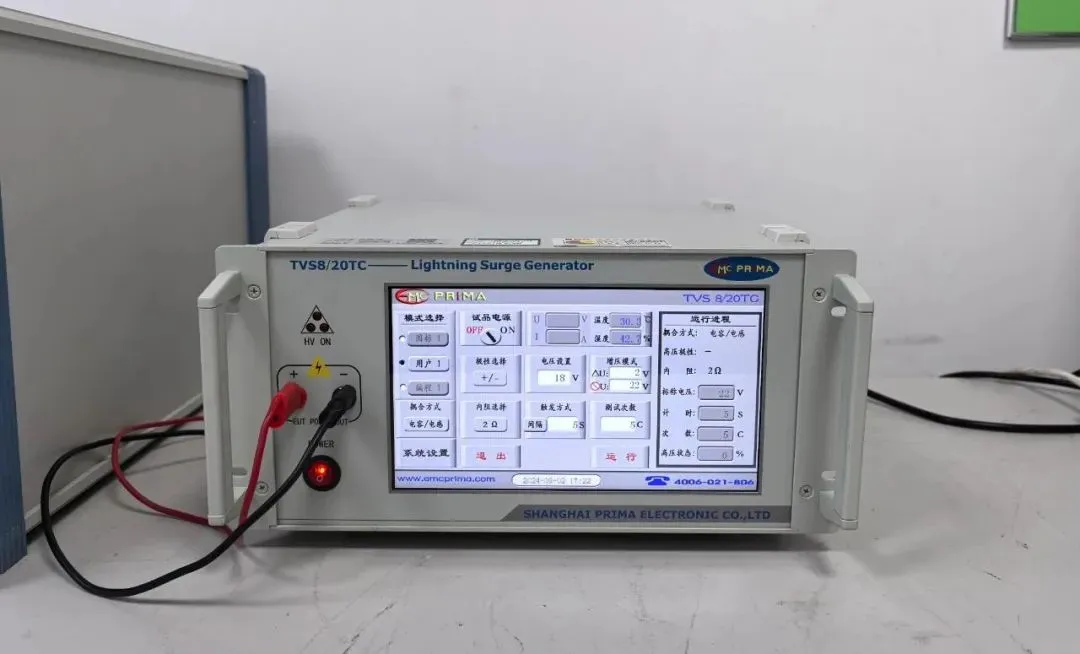
UK Electrical Product Compliance Guide
Planning to sell electrical products in the UK market? Don’t let compliance issues trip you up.
The UK has strict regULatory requirements for electrical devices, covering safety, electromagnetic compatibility, environmental restrictions, and more. Failing to comply can significantly impact your business operations.
This article outlines the key compliance points most relevant to merchants, from applicable regulations and manufacturer obligations to qualification requirements. In this guide, we’ll walk you through the must-know compliance aspects when entering the UK market, helping you navigate the process smoothly!

Scope of Application
Selling electrical and electronic equipment in Great Britain (England, Scotland, Wales) requires compliance with a series of regulations, including but not limited to:
① Product Safety
② Electromagnetic Compatibility
③ Hazardous Substance Restrictions
For guidelines regarding placing goods on the market in Northern Ireland, refer to the following link:https://www.gov.uk/guidance/placing-manufactuRED-goods-on-the-market-in-northern-ireland
Key UK Regulations (Summary)
The following regulations apply to most electronic and electrical products (but not all):
1. Electrical Equipment (Safety) Regulations 2016
① Voltage Range: 50-1000V AC / 75-1500V DC
② Exclusions: Special products like plugs and medical devices
2. Electromagnetic Compatibility (EMC) Regulations 2016
① Requirement: Devices must not interfere with wireless/telecommunication systems
② Exclusions: Specific devices like aviation equipment
3. Radio Equipment Regulations 2017
① Requirement: Radio equipment must meet safety and spectrum compatibility standards
② Exclusions: Maritime devices, onboard equipment
4. Restriction of Hazardous Substances (RoHS) Regulations 2012
① Limitations: Restricts the use of 10 hazardous substances, such as lead, mercury, cadmium, hexavalent chromium, etc.
② Requirement: Materials must not exceed the Maximum Concentration Value (MCV) in homogeneous materials
For reference, check the original regulations:
1. UK Legislation Website: https://www.legislation.gov.uk/
RoHS Details: https://www.gov.uk/government/publications/restriction-of-hazardous-substances-rohs-regulations
Manufacturer Obligations
Before placing goods on the UK market, manufacturers must ensure the following:
1. Product Compliance: Ensure the product meets applicable UK regulations.
2. Conformity Assessment: Complete conformity assessments (self-assessment or third-party testing).
3. Technical Documentation: Prepare and maintain technical documents for 10 years.
4. Declaration of Conformity (DoC): Issue a conformity declaration.
5. ukca Mark: Correctly apply the UKCA mark.
6. Product Labeling: Include manufacturer details, model, logo, etc., on the product label.
Official Guide: [UKCA Marking Roles and Responsibilities](https://www.gov.uk/guidance/ukca-marking-roles-and-responsibilities)
Product Advertising & Information Requirements
Product descriptions must:
1. Be true, accurate, and complete
2. Not misleadconsumers
3. Match the appropriate category
4. Be consistentacross all communication channels
Labeling Requirements
Electrical products must include the following labeling information:
1. Product Identification: (e.g., model number, serial number)
2. Manufacturer Information: (name, address)
3. Compliance Mark: (UKCA/CE)
4. Instructions and Safety Information: (if applicable)
Compliance Qualification Requirements
1. UKCA: Electrical product safety qualification, including certificates and testing reports.
2. UKCA DoC: A document issued and signed by the manufacturer, including product details, regulations, standards, and signature.
3. UKCA-EMC: Electromagnetic compatibility qualification, including reports.
4. UKCA-Radio: Wireless equipment qualification, including reports.
Email:hello@jjrlab.com
Write your message here and send it to us
 Canadian Rug Flammability Testing
Canadian Rug Flammability Testing
 Toy Flammability Test Compliance Certification
Toy Flammability Test Compliance Certification
 ISO 17025 Accredited Test Laboratory
ISO 17025 Accredited Test Laboratory
 What is Amazon California Proposition 65?
What is Amazon California Proposition 65?
 New METI Registration Regulations in Japan
New METI Registration Regulations in Japan
 Attention for Amazon Japan Sellers: New PSE Regula
Attention for Amazon Japan Sellers: New PSE Regula
 Compliance with Japanese Representative & METI
Compliance with Japanese Representative & METI
 ZigBee-LoRa-Z-Wave Product compliance testing
ZigBee-LoRa-Z-Wave Product compliance testing
Leave us a message
24-hour online customer service at any time to respond, so that you worry!




